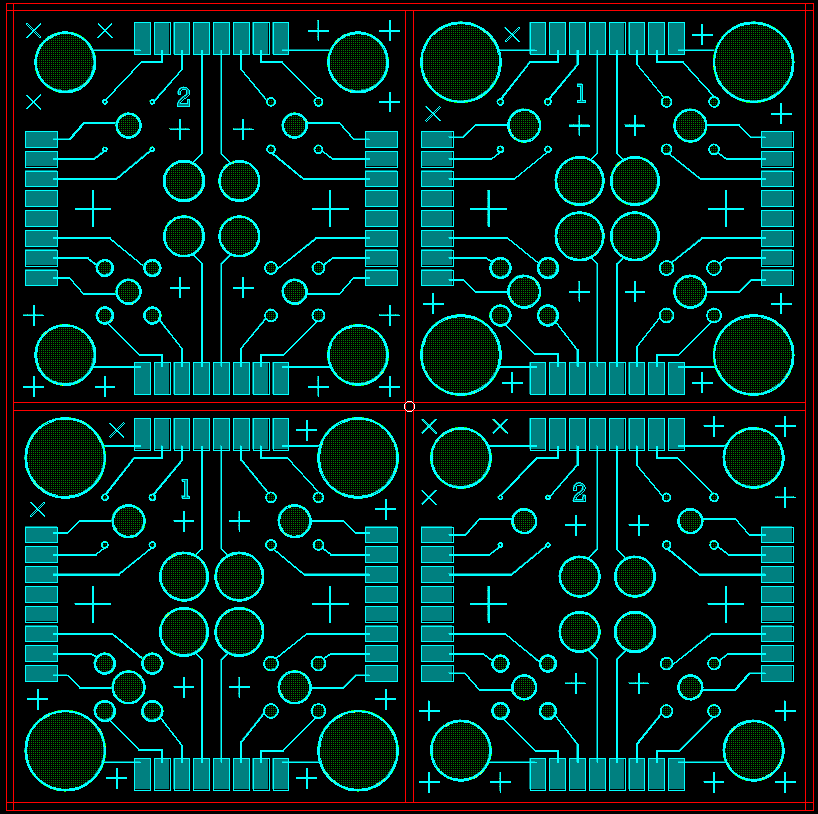Fast and efficient photo-detectors for high intensities of light are readily available and used widely in a range of scientific applications. As the intensity of light decreases to extremely low levels, ultimately to single quantized packets of light called photons, detection is realized by specialized devices that often must make a compromise between important characteristics such as high efficiency, high timing resolution, low dark counts, and fast recovery time. In typical single photon detectors only one or two of these attributes can be simultaneously achieved for the wavelength range of interest.
Detecting single photons is of practical importance for quantum communication and quantum computation. For example, state detection of a trapped-ion qubit is performed by measuring photons that have been scattered by the ion. Fast and efficient photon detection enables higher fidelity state readouts at higher rates. Additionally, photons are the building blocks for quantum communication and more specifically quantum key distribution (QKD). QKD enables secure, classical communication by allowing parties to create and share cryptographic keys that is fundamentally secure by exploiting inherent uncertainties in quantum physics.

In conjunction with Dan Gauthier's Quantum Electronics lab at Duke, we are building a QKD system which will enable a free-space quantum communication channel. Our system will use single photons to transmit information in the form of quantum bits, or qubits. This information is encoded in the quantum state of the photon in two different basis, a differential time and differential phase. After these states have been produced and transmitted they are then detected with our photon detection system. Due to the fact that our goal is to establish a free space link, the detectors must be able to work well in the near to mid-IR for the where the transmission through the atmosphere is the best.
At Duke we have two types of detectors in our focus. One of these detectors is a silicon-based device with a layered doping profile known as the visible light photon counter (VLPC). This device is very similar to an avalanche photo-diode (APD). Detection occurs when photons excite a band-to-band transition and the electron/hole pair is amplified by avalanche multiplication process that is self-quenching. This device has been demonstrated to have up to 88% detection efficiency in the visible wavelength range [1]. Because the multiplication process is very stable and localized this detector has photon number resolution up to five photons. We are working to better understand the carrier dynamics in these devices as well as extend the operating range of this detector to the far-infrared by exploiting impurity band excitation rather than band-to-band.

Detector (circles) layout on device chip. These chips are patterned using standard photolithographic techniques. The different detector sizes allow us to probe different characteristics of these devices at room temperature and cryogenic temperatures.
The second detector we are using is a superconducting nano-wire single photon detector (SNSPD) developed and manufactured by Sae Woo Nam's group at the National Institute for Standards and Technology (NIST). These detectors have been shown to be highly efficient with very low dark counts and very high timing resolution [2]. We are currently working to improve the readout electronics of this system by building and testing our own cryogenic readout systems.
[1] - Migdall, Alan, et al. Single-Photon Generation and Detection: Physics and Applications. Vol. 45. Academic Press, 2013.
[2] - Dauler, Eric A., et al. "Review of superconducting nanowire single-photon detector system design options and demonstrated performance." Opt. Eng 53.8 (2014): 081907.